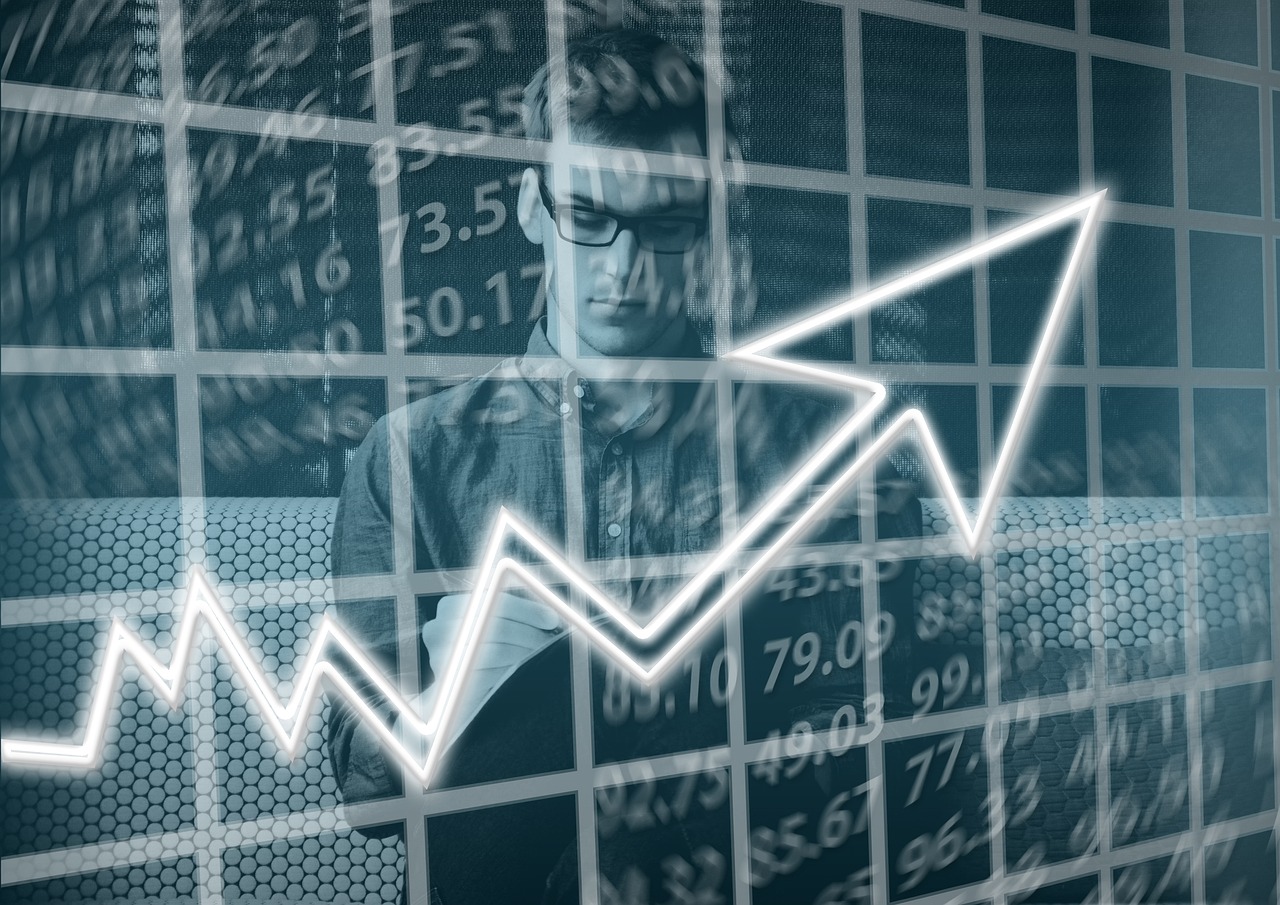The Impact of the Financial Crisis on the Real Economy (2023)
The difficulty in quantifying it may be the fundamental peril of why the cost of the financial crisis hasn’t yet been analysed in terms of the actual economy. The crisis is caused by the volatile bubble as it inflates the economic data. What benchmark would it be correct to use to measure the impact of this crisis on the real economy or not? How reliable will the estimates for the output gap be? Can inflation risks be underestimated in estimating this indicator? Keeping in mind the Financial crisis and economy, you must make sure that you are using a reliable Bitcoin trading platform that can make better decisions. Bitcoin Thunderbolt can help you in keeping your investment safe and profitable.
What Causes a Financial Crisis?
Numerous factors may contribute to a financial crisis. An inflated asset or institution can start a crisis, which can then be exacerbated by users acting in an irrational and herd-like manner. For example, when a bank failure is rumoured, a quick heritage of selloffs can lead to lower asset values, forcing folk to dump assets or withdraw considerable sums of money from their savings. Systemic failures, unpredictable human behaviour, incentives to take on too much risk, regulation absence or failures, or contagions—problems that spread like a virus from one institution or nation to the next—are all variables that contribute to a financial crisis. A crisis has the potential to push an economy into a recession or depression if left unchecked. A financial crisis can nevertheless occur, accelerate, or intensify despite preventative actions being implemented.
What Are the Stages of a Financial Crisis?
There are several stages of a financial crisis, which are divided into different stages, and they start only at the beginning of the crisis. Failures in systems and regulations, institutional financial mismanagement, and other factors are frequently to blame when financial systems fail. The following phase concerns the collapse of the financial system, during which time customers, companies, and financial institutions are not able to fulfil their obligations. In the end, the property’s worth declines and the total amount of debt rises.
What were the reasons behind the global financial crisis?
The impact of financial crises hardly impacts the connections between the financial market and the nation. However, the reasons for global financial crises were:
- Lack of regulation: due to the lack of regulations in the financial arena, it becomes difficult to understand financial products to consider and understand. For example, swapping credits and lending money at risk.
- Housing market bubble: in the U.S., the subprime mortgage has brought a housing market bubble where they were merged to make the debts safe and secure. Thus the moment when the bubble burst, the housing values decreased and the borrowers of the housing market were not able to pay their debts due to this crisis.
How can the crisis’ effect on the economy be measured?
- Long-term impact on the economy
In general, the American economy has improved. The U.S. stock market established a record for the longest upswing in its history at the end of 2022, replenishing the retirement funds of employees who maintained their investments despite periods of instability. Additionally, home prices have increased, boosting total housing wealth above its pre-recession peak levels. However, not all consumers have benefited equally from the recovery. Many people have had difficulty finding careers that pay as well as the work they held prior to the recession.
- Impact of the crisis on output
To begin, a brief discussion of the crisis’ impacts on economic development is made (GDP). The first thing that needs to be stressed is the fact that, because the crisis resulted from the bust of a bubble, it is vital to balance the excess rise during the bubble against the production decline during the crisis when assessing its impact. In Figure 1, an effort is made to quantify the real economy’s overall effect of the boom-bust cycle. The light dashed line, therefore depicts what would have been anticipated when the bubble was not widely noticed close to its height.

